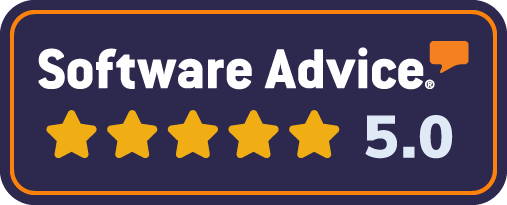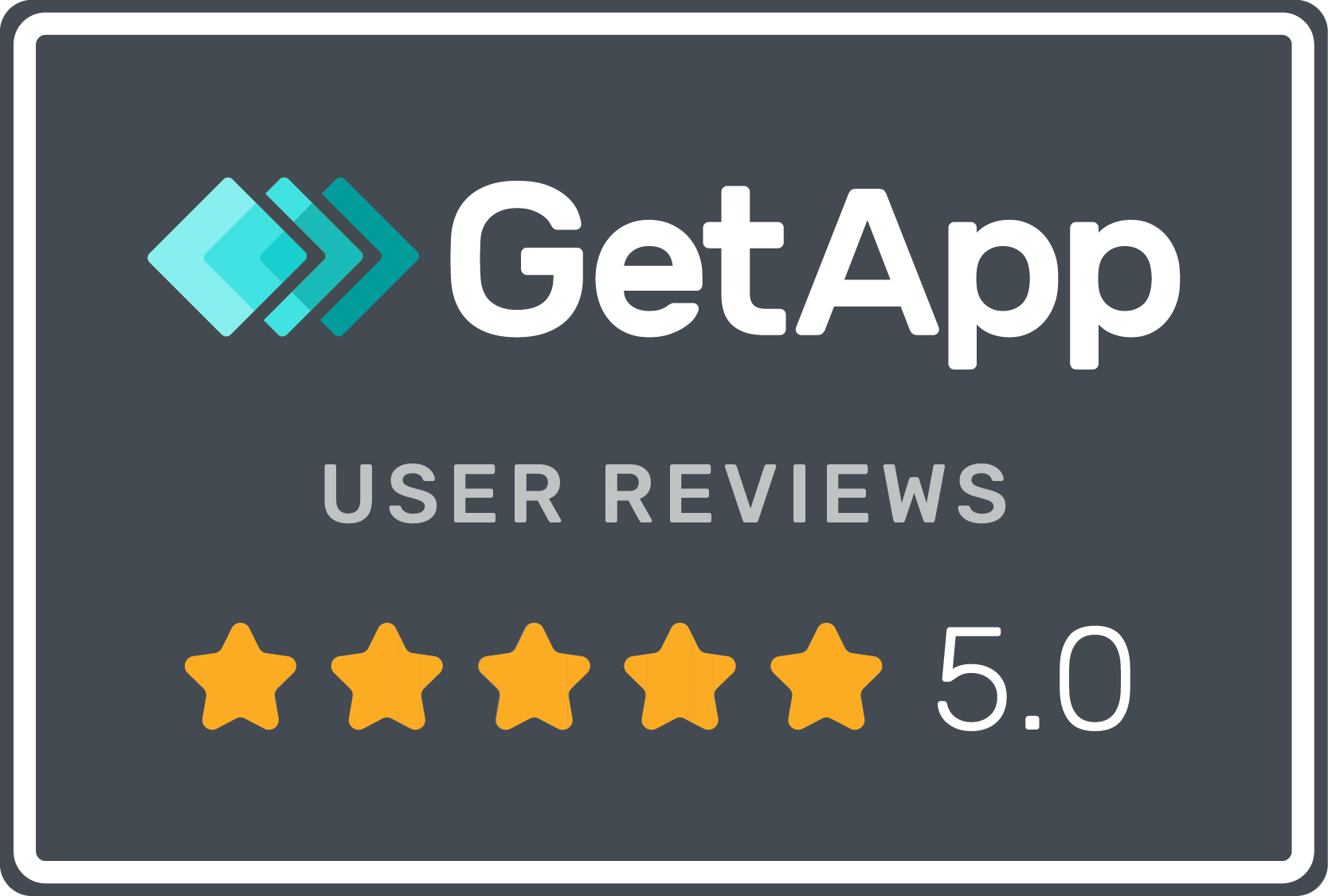As an organization's digital assets grow - from laptops and smartphones to software and cloud services - the need for clear visibility, efficient control, and top-notch security grows along with it. Each new device or service adds complexity, making it challenging for IT teams to keep operations running smoothly and securely.
So, how can they manage it all with so many moving parts? In this article, Velory’s team will dissect the perfect techstack to give you full control over your devices: combining an ITAM with an MDM.
What roles do ITAM and MDM play in your hardware management?
Let’s start by breaking down the roles each system plays in IT management:
IT Asset Management (ITAM) and Mobile Device Management (MDM) each serve vital yet distinct functions in managing your IT landscape.
ITAM focuses on tracking and managing all IT assets, from laptops and phones to software licenses and cloud subscriptions. Through automation, ITAM platforms such as Velory’s can monitor your entire hardware and software inventory, ensure compliance, automate renewals, and deliver an accurate, real-time view of your assets.
MDM, on the other hand, manages mobile devices like smartphones, tablets, and laptops. It keeps devices secure, standardized, and up-to-date with the latest patches via a remote platform. This gives IT teams the flexibility to manage devices anytime, anywhere, without requiring on-site support.
The table below provides a simplified list of data and functionalities in each system:

MDM and ITAM integrated: a powerful duo for IT management
MDM and ITAM each have unique strengths. As you can see from the table above, each of these systems helps you keep control of different sets of information. Now imagine if you could combine the information of both systems? Together, MDM and ITAM integrated bring essential order to your IT landscape. Let’s take a closer look at how this integration solves common IT management challenges:
- Device Lifecycle Control
Imagine you’ve got a company laptop enrolled in your MDM system, which lets you remotely manage and secure it. But does your employee know when it’s time to return it? If the laptop was not added to your ITAM, you lack the visibility needed to track and manage its life cycle fully. - Security Blind Spots
Here’s another situation: an employee orders a new phone, which gets added to your ITAM. However, the IT team doesn’t enroll it in the MDM. The phone gets lost, and because it’s not in the MDM, you can’t remotely secure or disable it.
The ideal solution for both challenges is to choose an ITAM software that offers a native integration with your MDM. This powerful combination enhances operational efficiency, reinforces security, and provides the visibility IT teams need to make informed decisions.
How to set up a perfect techstack for full device control
As you learned in this article, if you are shaping your tech stack to support control and security of your hardware assets, then an MDM integrated with an ITAM is paramount. Here are three paths you can choose to get there:
1. Choose an ITAM software with pre-built connectors and strong integration with MDM
It might be the case that your company already uses an MDM that fits ideally with your hardware strategy (for example: Kandji, focused on Apple Devices; or Intune, part of Microsoft's Endpoint Manager suite). In that case, you need to choose an ITAM software that has a pre-built integration with your MDM. Velory, for example, offers an ITAM tool and a customizable store powered by your preferred IT reseller, and is also integrated with Kandji and Intune (coming soon). Check out Velory’s full list of integrations.
2. Choose an ITAM with open API for custom integrations
Some systems have open APIs that allow for custom integrations with various MDM solutions, offering flexibility but potentially requiring more technical expertise (one example is Lansweeper).
3. Choose a softwares that combines MDM & ITAM
There are solutions that offer both MDM and ITAM capabilities in the same software, but the data and functionalities might be limited if compared to pure-MDM and pure-ITAM softwares.
Finally, here are some factors to consider when choosing your ITAM and MDM systems:
- Specific MDM and ITAM features: Ensure each system meets your specific needs.
- Depth of integration: How much data is exchanged, and how automated are the processes.
- Scalability and future needs: Choose systems that can grow with your organization.
- Total cost of ownership: Consider the combined cost of both systems and any integration efforts.
- Vendor support and expertise: Evaluate the quality of support for both systems and integration assistance.
Achieve ultimate IT asset control with Velory
Schedule a demo with our team of experts to learn how Velory can transform your IT asset management and simplify your digital landscape.









